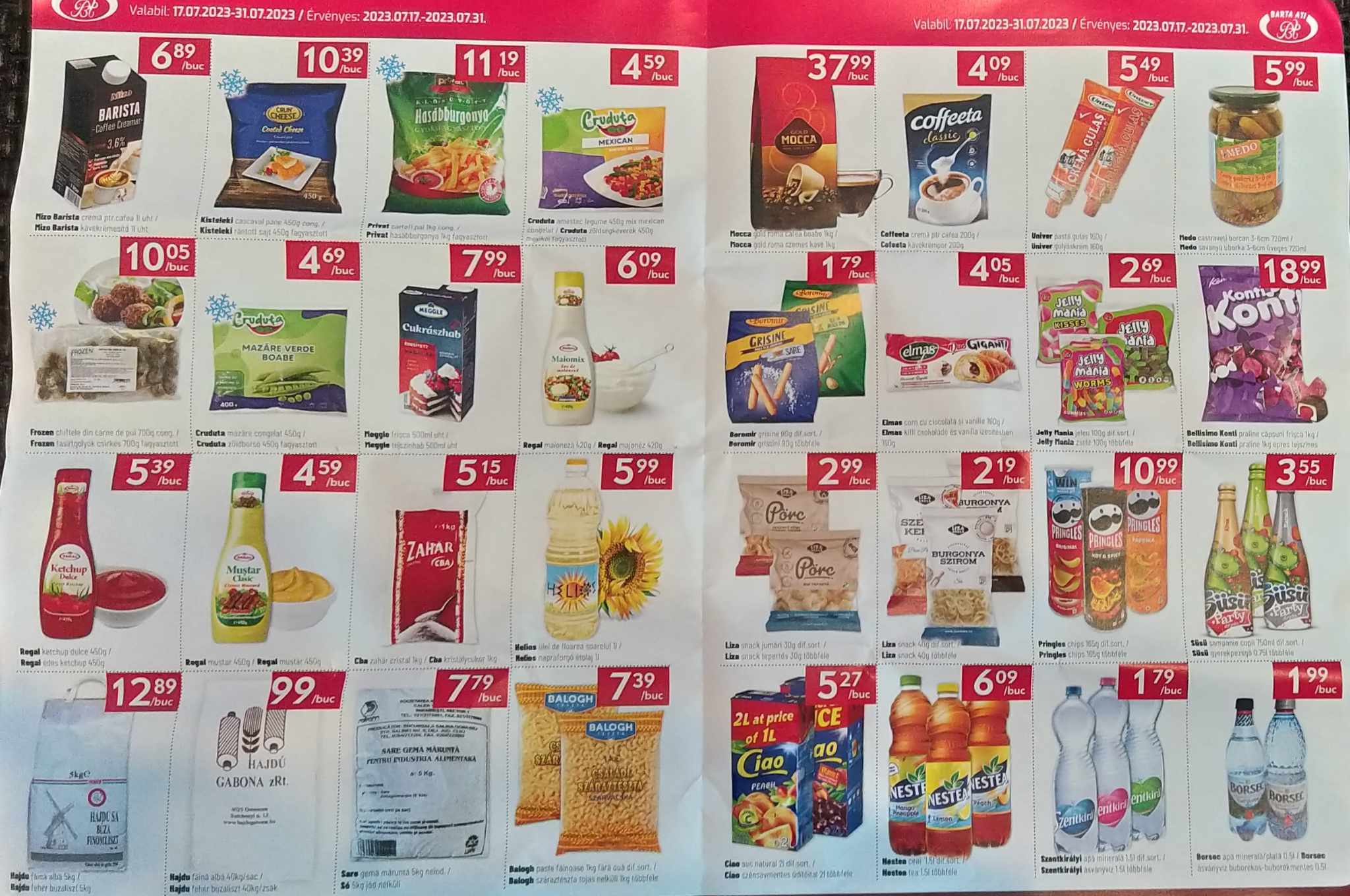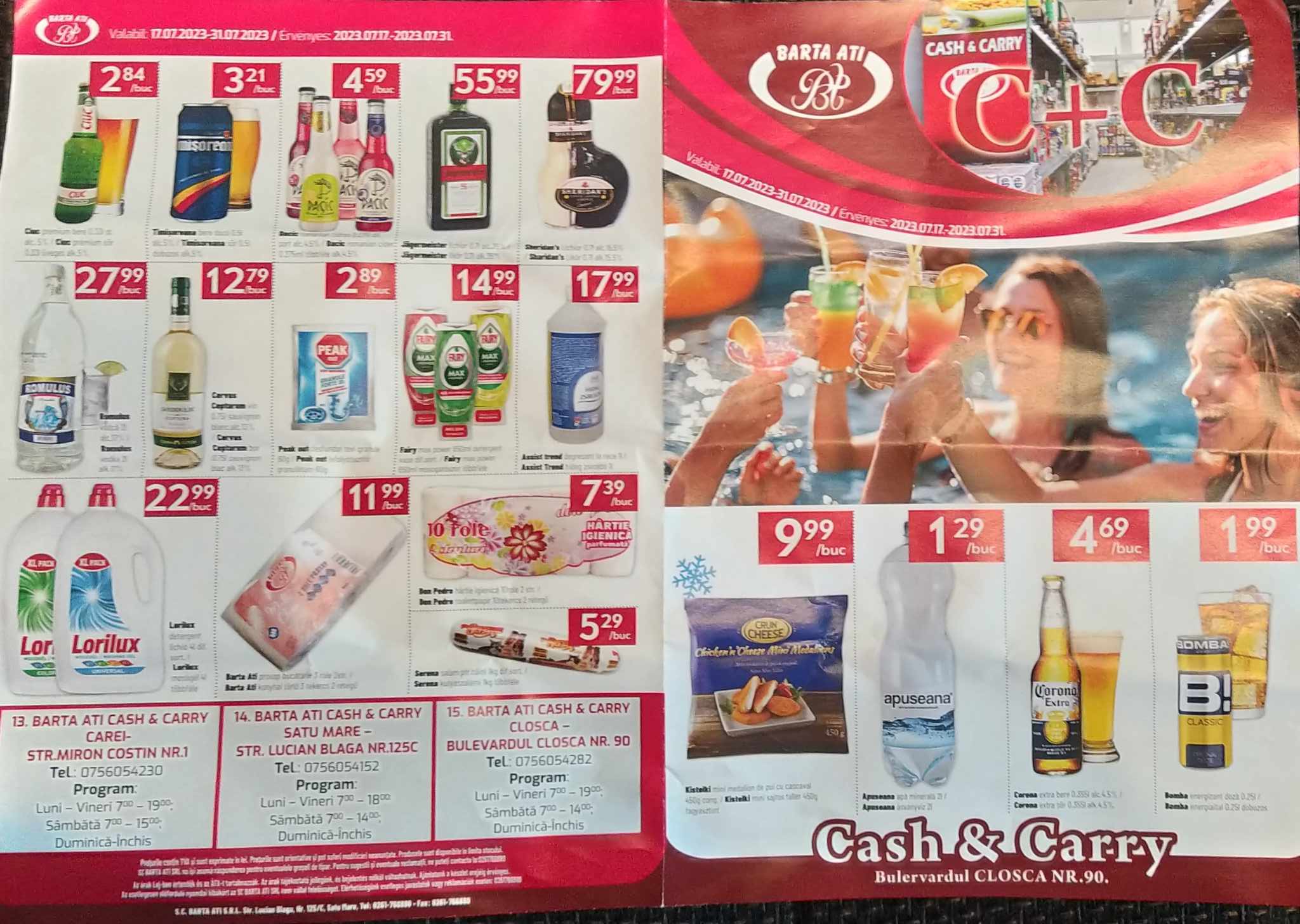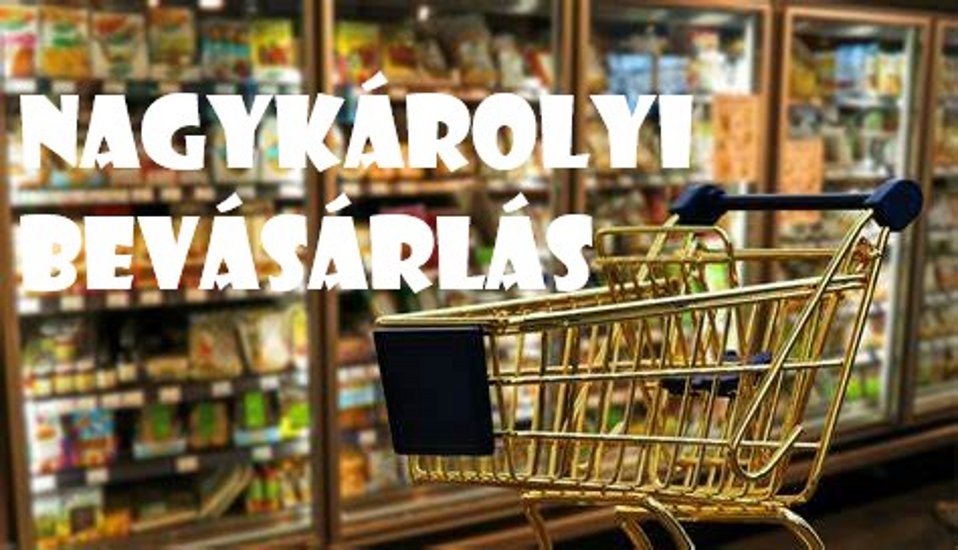Hungarian Shoppers Are Driving to Romania for Cheaper Prices
- 25 Jul 2023 7:11 AM

According to a security guard at one store, there are times when there are more cars with Hungarian licence plates than Romanian ones.
Despite the increase in shopping tourism near the border, food prices have also significantly risen in Romania in recent months. There is already a Facebook page set up to assist shoppers heading to Nagykároly/Carei.
On a Saturday, I looked around at a Lidl store in Satu Mare, and one of the employees informed me that quite a few people from Hungary come to shop there. However, he added that he heard most people prefer to go to Nagykároly.

In the store’s car park, there were two or three vehicles with Hungarian plates. I struck up a conversation with an elderly man standing near one of them. As it turned out, they were also doing their shopping because, as he said, everything has become significantly cheaper in Romania.
However, they don't come regularly – they live in Sárospatak, and driving over 200 kilometres wouldn’t be cost-effective. However, the Slovak border is less than 20 kilometres away from them, so people from the northern part of Hungary tend to go there if they want to save money.
“I’m glad I have room in my tank – I'll fill it up here because a litre of petrol costs 504 Hungarian forints in Romania, while it’s 585 forints in Hungary," my conversation partner said.
According to him, the same applies to all types of fuel, with prices being 70-80 forints cheaper here. He added that he used to drive trucks in the region for years and got the impression that Romania is wealthier than Hungary.

Recently, even prices in Slovakia and Ukraine have been lower than in Hungary, and this not only applies to groceries but also to clothing, footwear, and many other things.
I asked them about the reason behind this. His wife replied, attributing it to the government’s policies in Hungary. I pointed out that Romania also borders Ukraine, a war zone, so perhaps that’s not the main reason. She explained further that the 27% VAT on food in Hungary significantly drives up prices, while it’s much lower in neighbouring countries.
I asked if we could do some calculations since they mentioned they came from Gyergyóditró/Ditrâu and spent several days in Romania, giving them time to get familiar with the prices.
The woman shared her experiences, saying that in most stores in Romania, a kilogram of sugar costs less than 400 Hungarian forints, while in Hungary, the government-set price for sugar is 450 forints, and they won’t sell more than 1-2 kilograms at a time.
This is especially insufficient during the canning season. She added that she found sugar equivalent to 280 Hungarian forints per kilogram in a store in Târgu Mureș, and there was no limit to how much she could buy, so she stocked up.

She also mentioned that for many products, such as salami, there is an average price differential of 15-20%. However, there are cases where items can be bought two to three times cheaper.
“Bread costs 900-1,000 forints per kilogram in Hungary, but in Ditró/Ditrâu, I bought a three-kilogram loaf for the same amount, and it’s delicious peasant bread," she shared.
According to her, the problem in Hungary is not only the price level but also the purchasing limits. “We have three grandchildren, and we can only buy one or at most two litres of milk. How is that enough when you have three children?” she asked.
As recently reported, many people were already crossing over to Romania for shopping when sugar was more expensive in Hungary due to government-set prices and restrictions.

The maximum quantities available for purchase – 1kg of sugar, a litre of oil, ten eggs – were insufficient for many households, especially when cooking for a few or stocking up.
Our colleagues even conducted a detailed price comparison between Lidl prices in Hungary and Romania – those who were well-informed about promotions and discounts could save money.
I also visited the Lidl in Nagykároly/Carei where, during the midday heat on a Sunday, three cars with Hungarian licence plates were parked. I asked the security guard there if it was true that Hungarian shoppers came in large numbers.
He confirmed that the previous day, for example, roughly every third car was Hungarian. He also revealed that most of them came from border towns, primarily from nearby Nyírbátor.
I managed to strike up a conversation with a couple in their thirties who were busy packing their purchases into the boot. At first glance, it seemed they mostly bought essential groceries and in significant quantities.
Upon my inquiry, the man willingly shared their family calculations. As it turned out, they managed to do their monthly shopping much cheaper by crossing the border from a nearby Hungarian village.

“We came from Nyírbátor, and this is our second time shopping in Romania, and it’s worth it. We were here three weeks ago when we brought the kids with us. That time we went to Kaufland. But now, we left the kids at home so we can calmly browse and calculate. We visited Unicarm, then Lidl, and now we'll also check out Penny,” said the man.
Then, he showed me the receipt, and they had spent 41,000 Hungarian forints, emphasizing that it wouldn’t have been possible to buy everything for under 60,000 forints in Hungary.
“The groceries we bought should last for about a month, maybe not quite a month, but we still saved a lot,” he calculated. He showed me the boot, which was mostly filled with essential groceries, flour, oil, sugar and dairy products.
“I bought three beers for myself, the rest is essentially food,” he said. Then he showed me a pack of ground pork.
“This is a 1kg package, and it’s 30% off. It cost about 1,200 forints here, while it would have been at least 2,000 forints at home.” Next, he showed me a pair of light blue shorts and happily told me he had only paid 3,000 Hungarian forints for them, while it would have cost at least 6,000 forints at home.
He explained that he calculated averages and essentially, every food item is cheaper in Romania than in Hungary; some are much cheaper, and others are slightly more expensive.
The end result is that their family saves about 40% on their monthly shopping by buying everything here compared to buying in Hungary. So, they plan to continue investing time and effort to come here…
I also asked him why he thinks there is such significant price differential between the two countries. “It's clearly due to the Hungarian government’s bad policies,” he said. I asked if he thought the ‘war inflation’ blamed by the Hungarian government might be a factor. He smiled bitterly and asked, “Doesn’t Romania also border Ukraine? Moreover, their border’s even longer.”
Although I initially thought that the county town of Satu Mare might be the most attractive place for those coming to shop, I soon realised that Nagykároly/Carei, a border town, is more popular among Hungarians.
There is another explanation: about a month ago, a Facebook group, ‘Nagykárolyi Bevásárlás’ (‘Shopping in Nagykároly’) was created, aiming to guide those interested in doing so.

The administrators keep track of the latest Romanian promotions and inform about basic prices. The page is not only about groceries – it also covers pet food, tools, secondhand clothes and furniture, and provides information about ice cream parlours and pizzerias.
They even organise carpooling, helping people coordinate with others to reduce travel costs for cross-border shopping.
Original source: transtelex.ro
Words by Peterjon Cresswell for Xpatloop.com
Peterjon has been researching the byways of Budapest for 30 years, extending his expertise across Europe to produce guidebooks for Time Out and his own website liberoguide.com
Photos: courtesy of Nagykárolyi Bevásárlás Facebook page




























LATEST NEWS IN food & drink